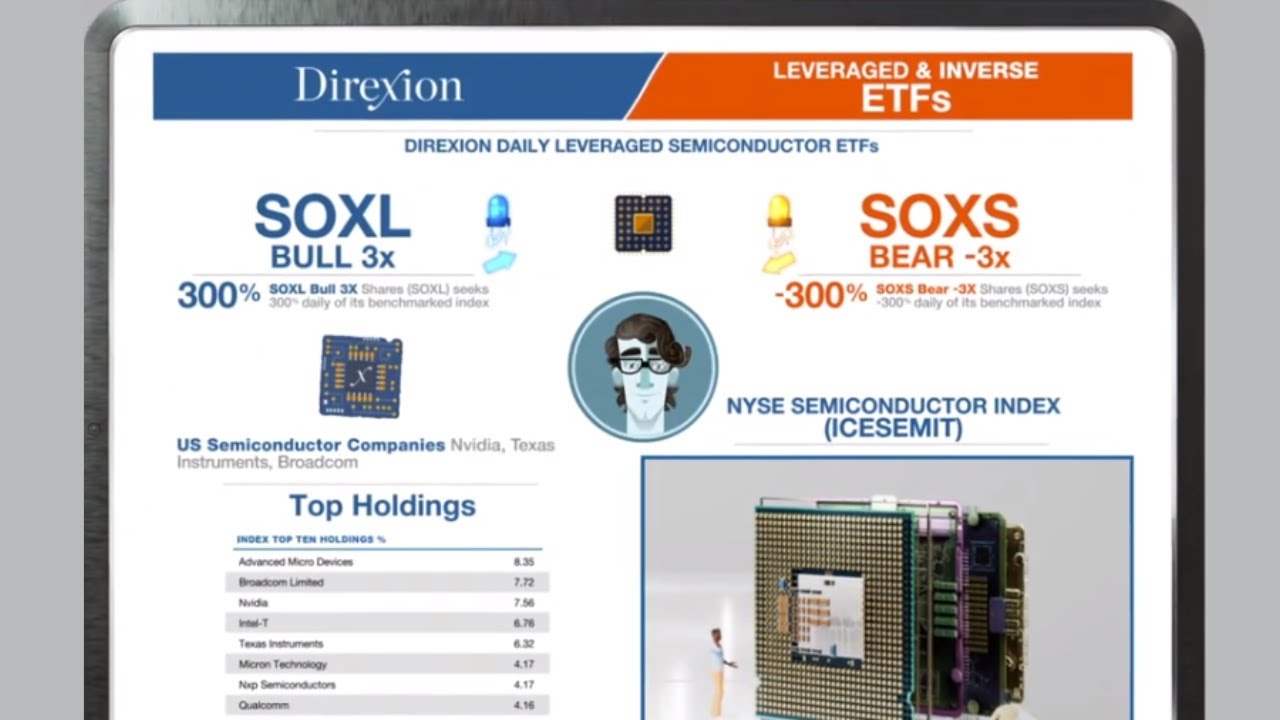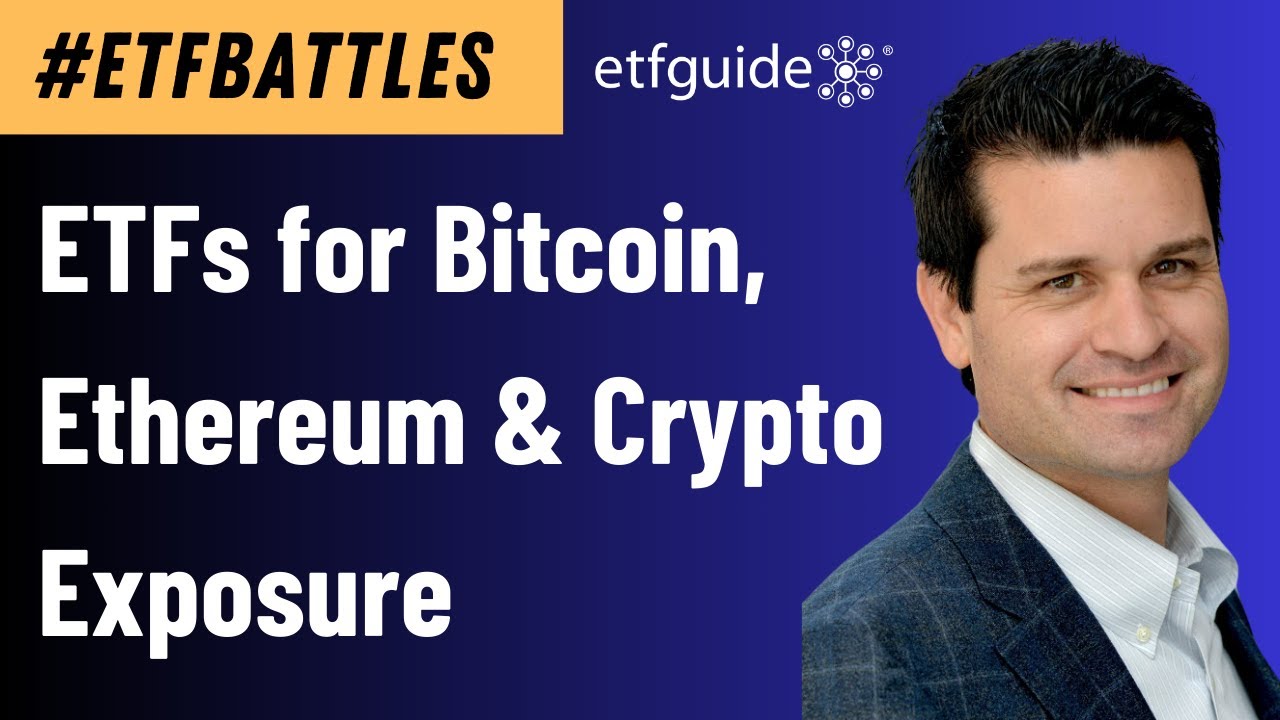- IJR and IWM go against each other in key areas, including cost, performance and a mystery category
- Both funds own small company stocks but with subtle and meaningful differences in strategy
- Both ETFs are head-to-head rivals in a heated fight for assets
Ron: This is a program that is the antithesis of a judgment-free zone. Why? Because we deliberate and judge, we deliberate and judge, and when we’re all done, we deliberate and judge just a little bit more. Yes, it’s a hostile work environment, I get it! But if it helps to make us better, more informed investors, who really cares?
Today’s ETF Battle is between two ETFs that tracks US small cap stocks. We’ve got the iShares S&P Small Cap 600 ETF (IJR) up against the iShares Russell 2000 ETF (IWM). The definition of small cap stocks can vary, but generally speaking, we’re talking about companies with a market size between $500 million up to $5 billion.
Helping us to judge today’s matchup is none other than Todd Rosenbluth, head of ETF and mutual fund research at CFRA, and John Davi, founder and CIO at Astoria Portfolio Advisors. Judges, great to see you again.
So, the four battle categories are cost, diversification, performance, and then we’ve got a mystery battle category. Now, for our mystery category, that’s where our judges get to choose one factor or maybe several factors that they feel are important to supporting their analysis, and that mystery category, by the way, could determine which of these two ETFs wins today’s battle. We’re gonna start with Todd. The first battle category is cost, you’ve got 30 seconds, go!
Todd: So iShares cut the fee for IJR to 6 basis points recently, probably ahead of this battle just to make sure it was even cheaper than IWM, which is 19 basis points, so a much lower expense ratio for the iShares S&P product, and the volume is still strong, not as strong as IWM, but enough to offset the cost differential, so we think IJR is easily a much cheaper ETF to consider.
Ron: All right, that’s a great start, and by the way, good timing with the fee cut on IJR. Thank you for mentioning that. How about you, John, what’s your take on cost? Who wins?
John: You know, I hate agreeing with Todd, but in this case, I think he’s right. You know, the one thing I would say is that IWM is one of the most liquid securities in the entire world, it’s one of the most actively traded stocks in the NYSE Exchange, so it trades at four billion a day, so if you were trading at a particular point in time of the day, just be careful because I think IWM is much more liquid, so overall, your total cost of trade-in and ownership may not be as much as the expense ratio would indicate between the 6 basis points for IJR or the 19 basis points for IWM, so just be mindful if you’re trading ’cause IWM is significantly more liquid than IJR.
Ron: Our next battle category is diversification. Who wins the battle between IJR and IWM? Todd, go ahead.
Todd: So this we would consider a tie. I mean, when you’re dealing with 600 stocks for IJR or it’s roughly 2000 stocks for IWM, the Russell 2000, and these are market cap weighted-oriented ETFs, you’re really well-diversified at the small cap level. I think the big thing to be notable is its sector differences. Even though they have a roughly similar in the hundreds and thousands number of stocks, healthcare is a much larger weighting. For IWM, it’s 21% of the portfolio whereas it’s only 14% for IJR. So you’re getting diversification, but at different sectors, and that’s certainly something to be mindful of, but I’m curious to hear what John has to say.
Watch the full episode of #ETFBattles between IJR vs. IWM at ETFguide TV.



